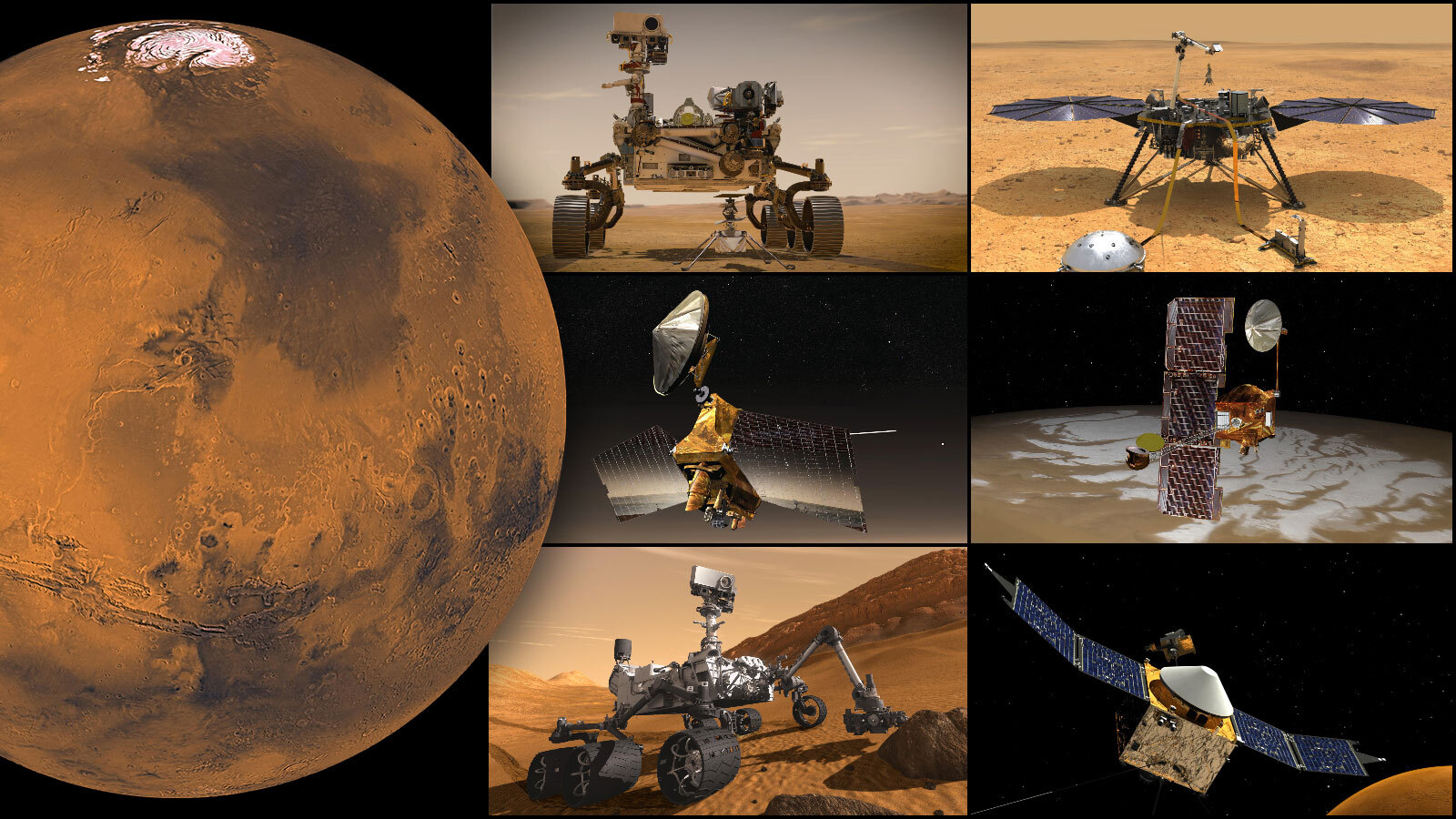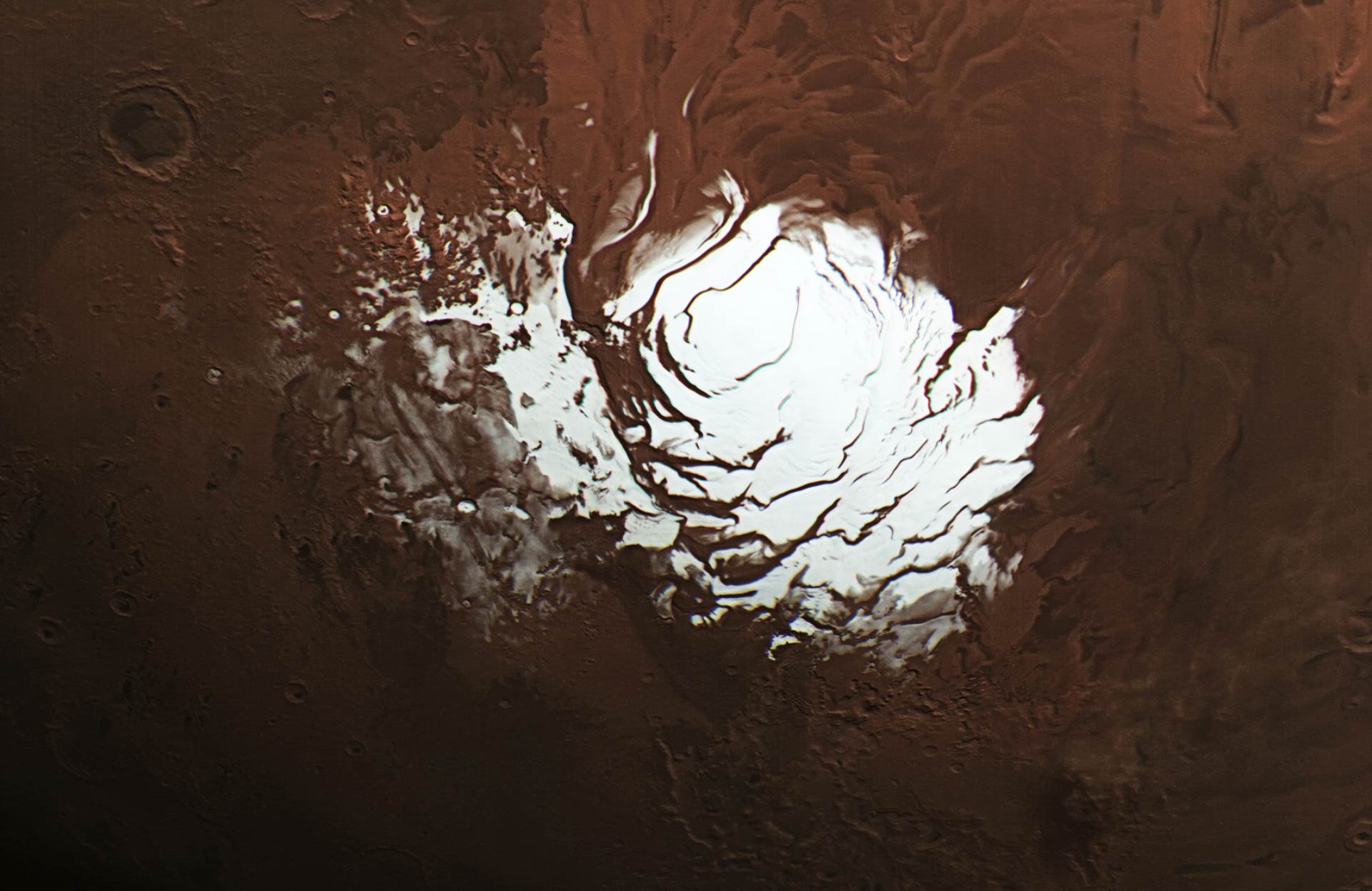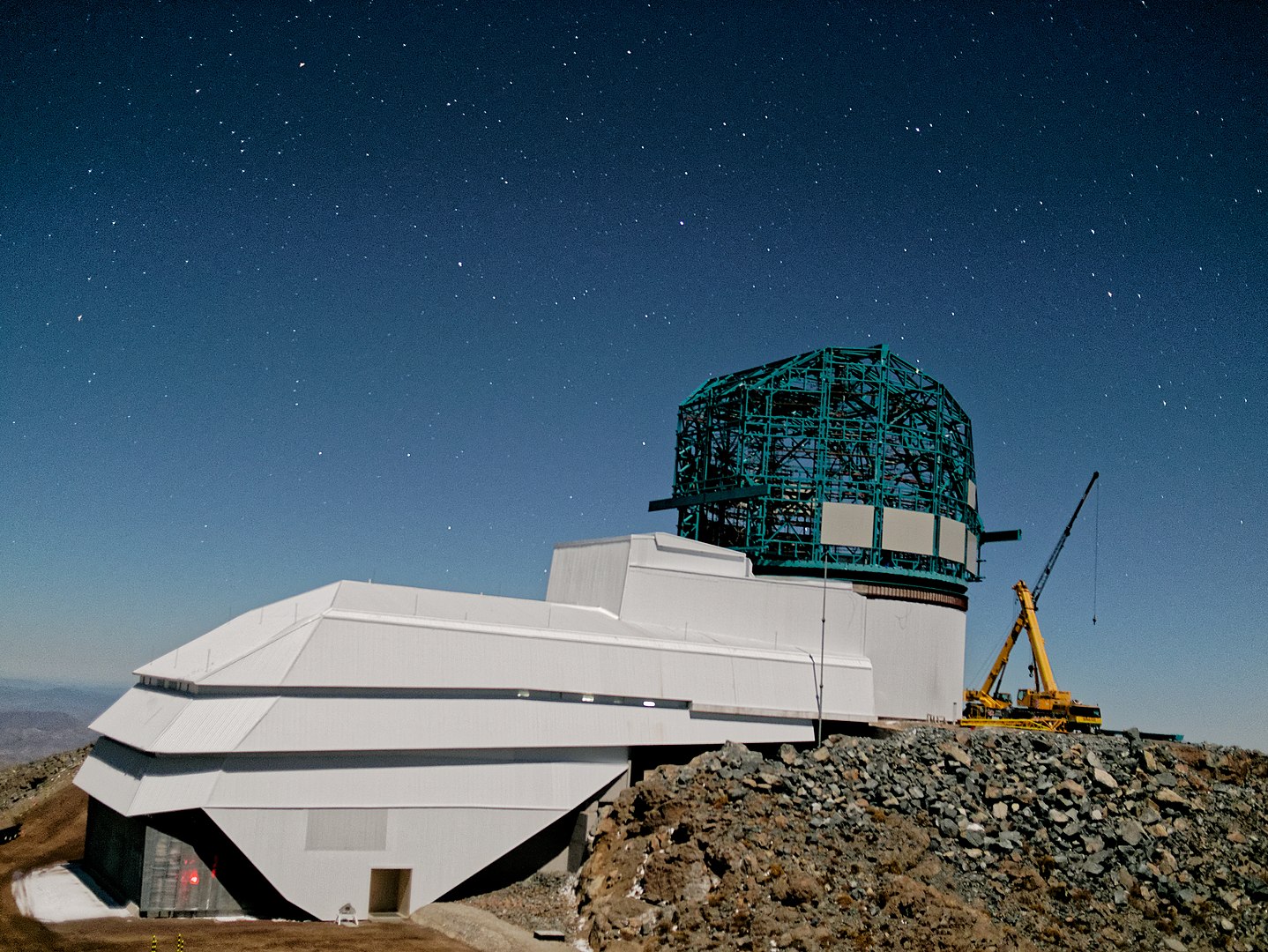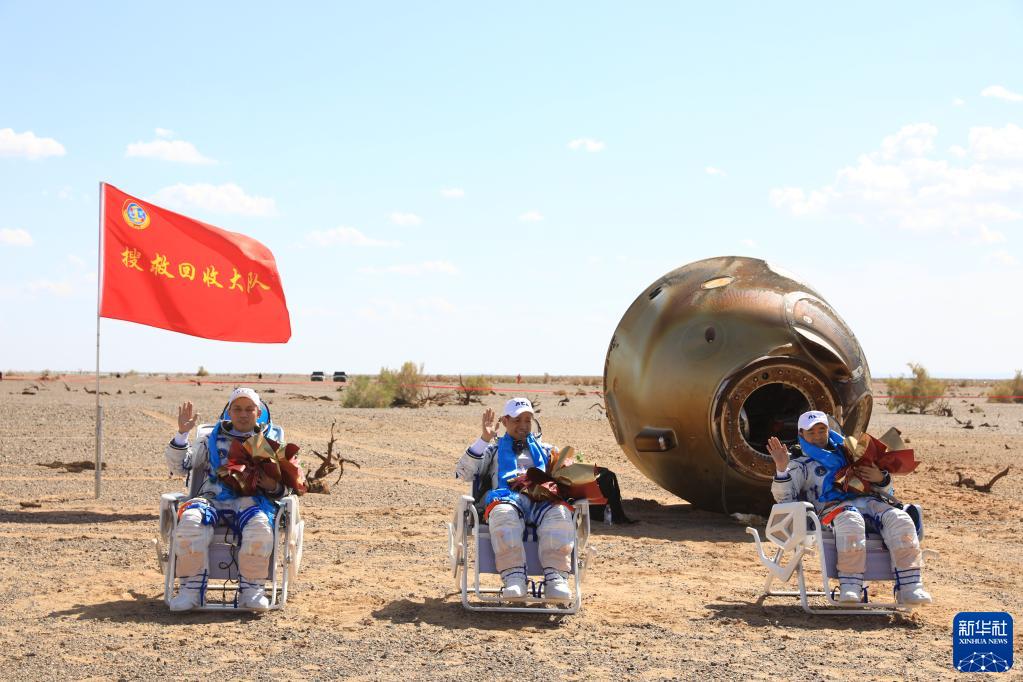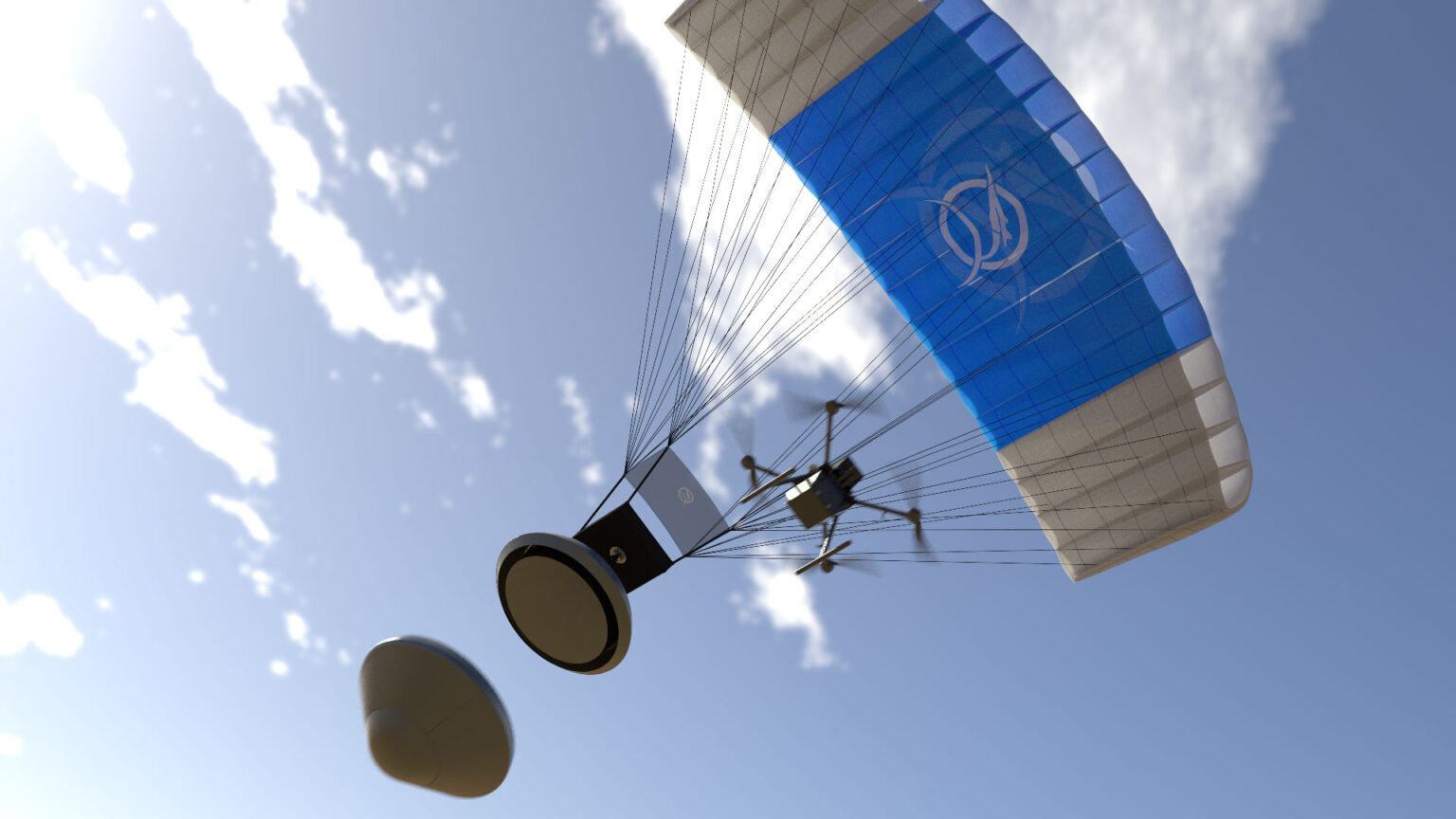You could say that the study of extrasolar planets is in a phase of transition of late. To date, 4,525 exoplanets have been confirmed in 3,357 systems, with another 7,761 candidates awaiting confirmation. As a result, exoplanet studies have been moving away from the discovery process and towards characterization, where follow-up observations of exoplanets are conducted to learn more about their atmospheres and environments.
In the process, exoplanet researchers hope to see if any of these planets possess the necessary ingredients for life as we know it. Recently, a pair of researchers from Northern Arizona University, with support from the NASA Astrobiology Institute’s Virtual Planetary Laboratory (VPL), developed a technique for finding oceans on exoplanets. The ability to find water on other planets, a key ingredient in life on Earth, will go a long way towards finding extraterrestrial life.
Continue reading “A Technique to Find Oceans on Other Worlds”


